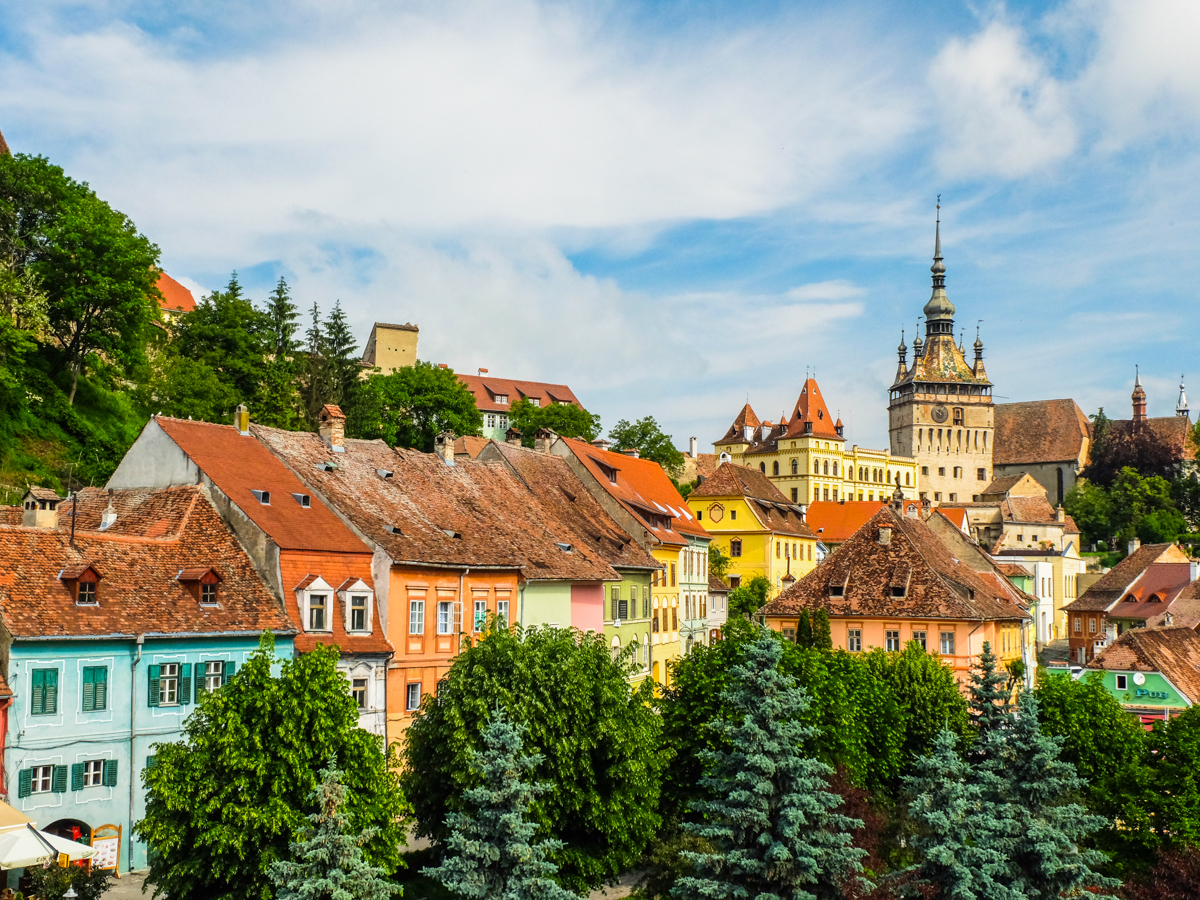
Cultural highlights in Romania and Bulgaria
These countries share certain common features that are largely due to the historical context in which these cultures developed north and south of the Danube. That’s why, to find out more about the culture specific to the East European countries, a trip that includes visits to both countries is the most appropriate choice. Here are some of the most important cultural highlights you should include during a trip to Romania and Bulgaria.
Sightseeing tour in Sofia
The city of Sofia was founded approximately 2.500 years ago. Due to its strategic geographic location in the Balkans, the city was selected to be the capital of the Roman Empire, at least for a while. Today, here you will find here a lot of tourist attractions that you should visit, many of them located on the Tsar Osvoboditel Boulevard. In Sofia, you can admire the beautiful architecture of the National Bank of Bulgaria, the Ivan Vazov National Theater, the King’s Palace, the National Art Gallery, the Russian Church, the Tsar Osvoboditel Monument, or the Alexander Nevsky Cathedral. On this boulevard, you can also see the Soviet Army Monument, a symbol of the city. The city’s architecture forms an interesting mix of old buildings and communist monuments, just like in other Eastern European cities.

Rila Monastery
The Rila Monastery, the largest and most famous Orthodox monastery in Bulgaria, was declared a World Heritage Site by UNESCO in 1983. The medieval complex was destroyed by fire at the beginning of the 19th century and then rebuilt between 1834 and 1862. The monument symbolizes, according to UNESCO, a representation of Slavic cultural identity after centuries of Ottoman occupation and presents a perfect example of the Bulgarian Renaissance. The monastery is located in a beautiful landscape, northwest of the Rila Mountains, at an altitude of 1,147 meters above sea level, in the valley of the Rilska River and approximately 117 kilometers south of the Bulgarian capital Sofia.
Plovdiv Old Town
Plovdiv was chosen to be European Capital of Culture in 2019 due to its rich history and its well-preserved architecture. The Old Town of Plovdiv is composed of several charming streets, some more beautiful and surprising than others. While you take a walk on the streets of Plovdiv you will come across the ruins of the ancient Roman stadium. A large part of the stadium is buried under the city, but parts of it can still be seen to this day. Probably the most spectacular tourist attraction in Plovdiv is the Ancient Theater – built during Emperor Trajan’s time (2nd century) which, like the stadium, comes in your way when you least expect it. It makes a strong contrast to the Ottoman-style wooden balconies, and the panorama to the scene is so wide compared to the narrow cobbled streets that it seems almost unreal.
The Thracian tombs from Kazanluk
The Thracian tombs of Kazanlak located in the romantic Valley of Roses in the province of Stara Zagora were discovered in 1944 and date back to the Hellenistic period, approximately at the end of the 4th century BC. The monument is unique in the world, its original structure highlighting the remarkable evolution, the level of culture and art in the painting of Hellenic Thracian culture. The tombs fulfill the conditions of authenticity, the construction and the walls remained in their original form, without any changes or additions.
Veliko Tarnovo
Perhaps the most famous medieval fortress in Bulgaria is Veliko Tarnovo. Veliko Tarnovo is located in northern Bulgaria along the Yantra River valley and has a population of about 70,000. It’s also called the City of the Tsars, because in the Middle Ages, between the 12th and 14th centuries, it was the capital of the Second Bulgarian Empire, having a broad cultural, economic and political development. From this period dates its unique Balkan architecture, which attracts a large number of tourists. Veliko Tarnovo is to this day an important Bulgarian city with two universities and an effervescent artistic and cultural life. It comes as no surprise that the medieval fortress it the main attraction of the city, considering that it’s very well-preserved.
Sibiu’s Old Town
One of Romania’s cities that present beautiful architecture in the form of monuments and building dating back to medieval times is Sibiu. Even if you don’t have much time to explore the city, at least a tour of the city’s center should be part of your trip. You can visit the Council Tower, the Bridge of Lies and a few more tourist attractions that are part of Sibiu’s cultural life.
Hunyadi Castle
Visiting the Hunyadi Castle is almost like visiting a museum because the construction preserves many elements of Gothic architecture. The castle is most famous for its legends and mysterious atmosphere, but finding out more about its history can be quite a surprising experience. Some of the most interesting locations to visit at the castle are the Knights Hall, the fortress’ chapel, the administrative palace, the White Tower and the torture chamber.
Alba Carolina Fortress
One of the most impressive fortresses in Romania is without a doubt the fortress from the city of Alba Iulia. Although it’s not as old as other castles and fortresses that you can visit in the country, it doesn’t fail to show you glimpses of Romania’s history during the 18th and 19th century. As a matter of fact, Alba Carolina Fortress is the largest Vauban-type fortification in Eastern Europe. The fortress is built in the form of a star with 7 bastions between 1715-1738 following the architectural influences characteristic to its time and for the structures of this type.
Sighisoara
Sighisoara itself is a remarkable testimony of the culture of the Transylvanian Saxons, a culture that is completed after 850 years of existence and will be perpetuated mainly by its architectural and urban monuments. This small town is the perfect example of a small fortified city in a border area between the Latin culture of Central Europe and the Byzantine, Orthodox culture of Southeastern Europe. Throughout the city’s history, the historical nucleus has continued to be the center of gravity of the settlement that has developed around the Lower City. Continuing to be inhabited to this day, the historical center of Sighisoara is defined as the most representative medieval urban site in Transylvania due to the fact that, compared to the other historical cities in Romania, the historical center of Sighisoara has preserved for the most part unaltered over time the organization of the urban space as well as the architectural quality of the buildings that you can see here, such as towers and houses with important historic value.
The painted churches
The impressive number of churches in Bukovina, Romania, with the interesting interior and exterior frescoes, has been preserved since medieval times. Due to their uniqueness and artistic value, they were added to the UNESCO World Cultural Heritage List in 1993. Indeed, there is no other place on earth in which such a group of churches with such a high quality of the exterior frescoes exists. In most cases, the churches were founded as a place of burial for noble families. Although following the canonical iconographic program, each church painter interpreted the scenes in slightly different ways. First, the scenes were painted on the interior walls and then extended to the outer walls. The reasons for such vast scenes were both religious and didactic: to promote Orthodoxy and to educate ordinary people.
Biertan fortified church
An important testimony of the Saxon heritage in Transylvania and also one of the best-preserved fortresses in Transylvania, Biertan continues to fascinate its visitors with its interesting story and impressive architecture. From its bizarre stories about the “couples prison” in one of the towers to the lock with an intricate mechanism that was awarded at the Paris World Exhibition, the fortress from the village of Biertan still has many stories to tell.
Brasov
Brasov is one of the most visited Romanian cities by foreign tourists and rightfully so. From its medieval towers and the famous Black Church to the surrounding attractions like Rasnov Fortress and Bran Castle, Brasov played an important part in the cultural heritage of Romania and especially of the Transylvania region. The Black Church is the largest gothic-style church in south-eastern Europe. It’s famous not only for its size but also by the fact that here is the largest bell in Romania, a bronze bell weighing six tons. The choir, supported by exterior countertops, decorated with statues of saints, is one of the few examples of this type in Transylvania. The Council Square is another major tourist destination of Brasov. Cozy terraces and the medieval atmosphere attract hundreds of thousands of tourists. The nearby Republic Street is one of the most sought-after shopping areas. Also in the old town, tourists can visit the old bastions, towers and city gates.
Bran Castle
Bran Castle is a remarkable architectural monument that was built between 1377-1382 on a 60-meter cliff due to the privilege granted to Saxons in the area by the King of Hungary Ludovic I of Anjou. In the old days, it was a passing point and fulfilled military functions, appearing in the southeastern part of Transylvania but also having customs and commercial functions, being located on the commercial road connecting Transylvania to Muntenia region through the Rucar-Bran passage. Although Bran has very little in common with Dracula’s legend, the castle did inspire Bram Stoker to choose it as a setting for his novel.
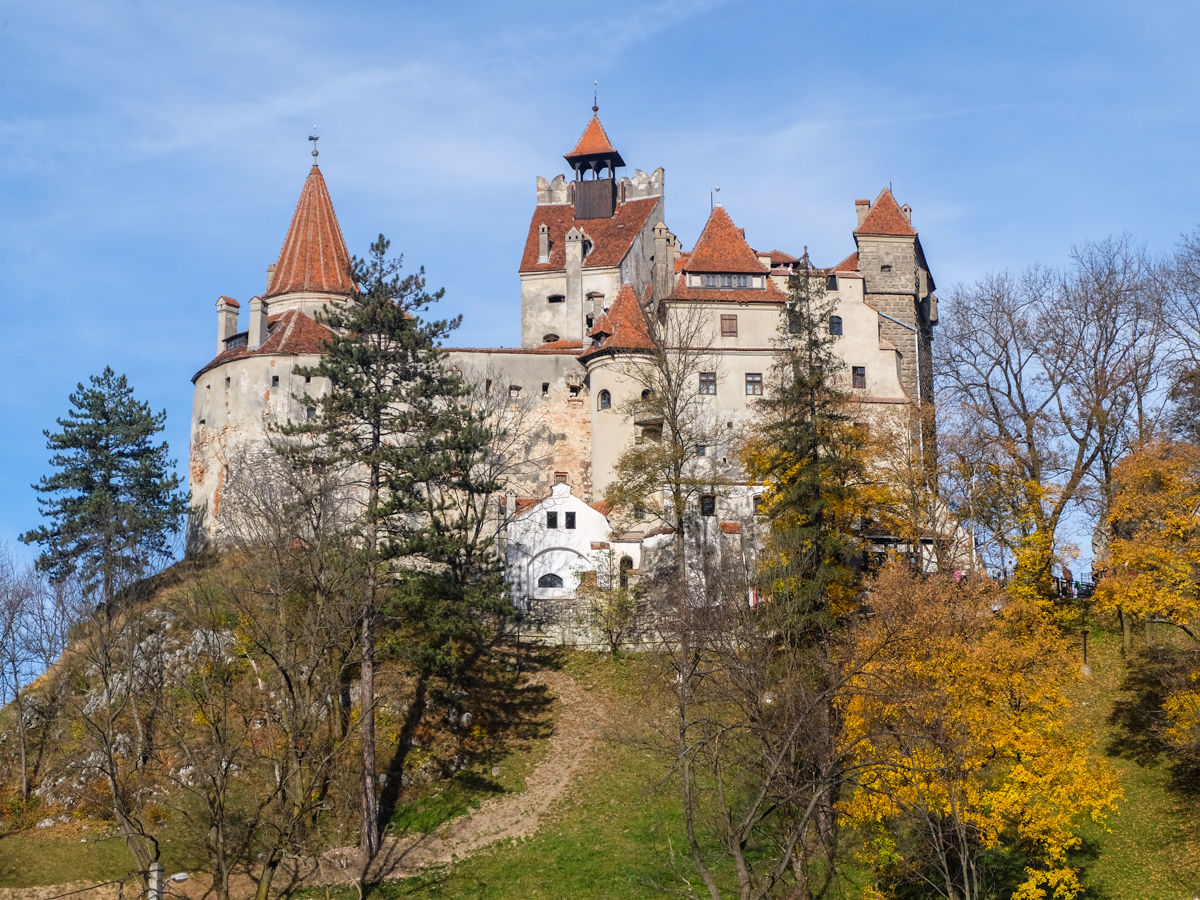
Transylvania tours
Peles Castle
The architectural monument that is the Peles Castle has stirred, over the years, the interest and attention not only of the Romanians, who appreciate it but also of foreign visitors. The property was built in 1877 at the initiative of King Ferdinand I. From the very beginning, the chosen location and the new architectural style for the Romanian buildings turned the castle into a very fashionable and popular monument. In fact, Peles Castle is a trademark representative of the style called “troubadour”, on which there isn’t much reference in Romania until the construction of the castle. Another interesting element is the black wooden furniture, an obvious symbol of the deco style, popular in Europe.
Sightseeing tour in Bucharest
Finally, Bucharest couldn’t be missing from the list of Eastern European cultural highlights. Similar to Bulgaria’s capital city, Sofia, Bucharest also presents an interesting mix where interwar buildings and important historic monuments share the same space with communist constructions and examples of modern architecture. Bucharest has a great number of monuments and cultural buildings. Perhaps the most important of these is the Palace of Parliament, built in the 1980s during the time of communist dictator Nicolae Ceausescu. Another well-known landmark in Bucharest is the Arch of Triumph, built in its present form in 1935 following the model of the Arc de Triomphe in Paris. The Roman Athenaeum building is on the list of European heritage sites since 2007 and it’s considered one of the most important symbols of Romanian culture. Other cultural attractions include the National Art Museum, the Museum of Natural History “Grigore Antipa”, the Romanian Peasant Museum and the National History Museum.
To have the time and visit all these cultural attractions, we recommend considering booking our Bulgaria and Romania tour, or if you want to focus more on the Bulgarian tourist attractions, you could opt for a 3-days tour of Bulgaria from Bucharest.


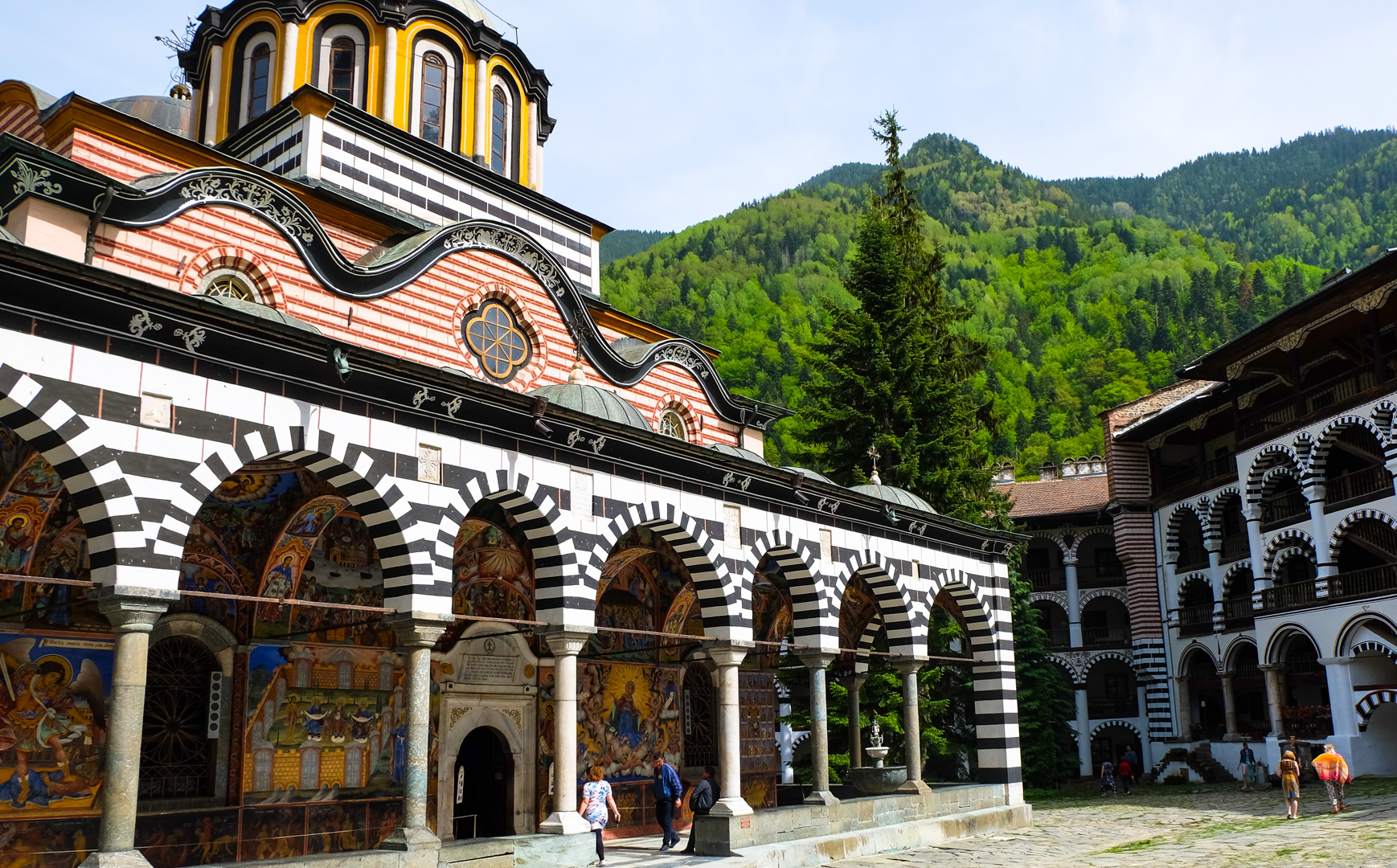
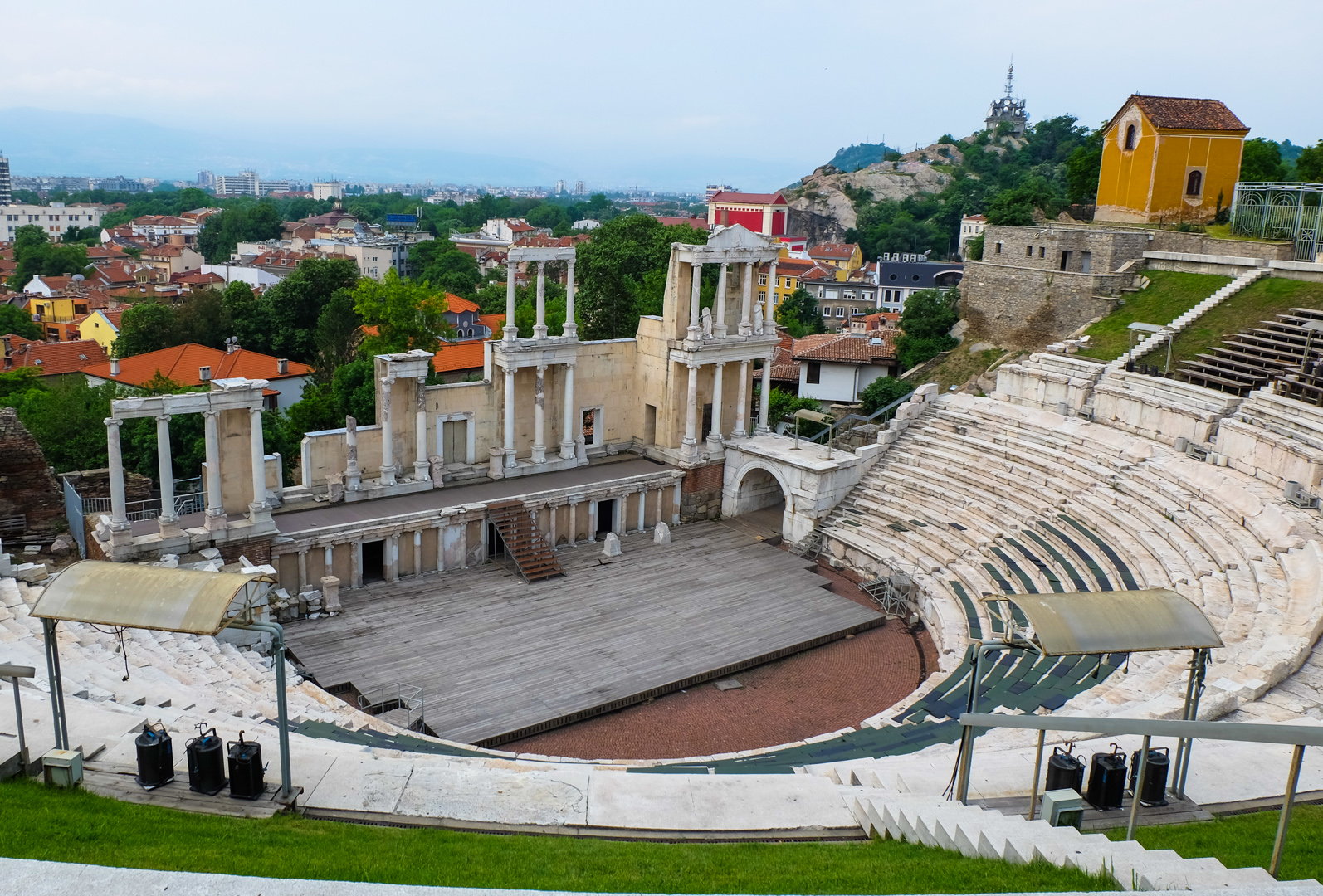
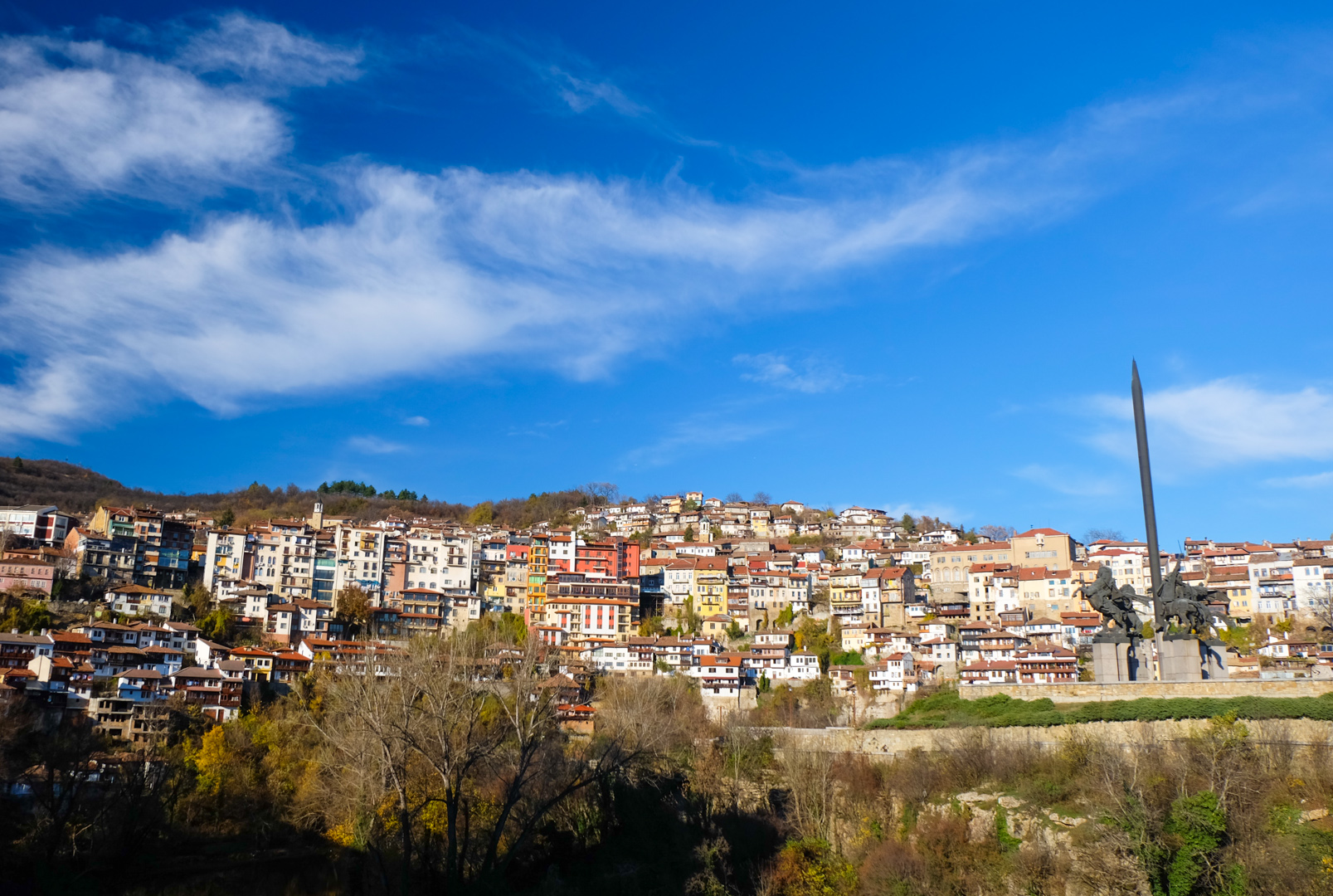
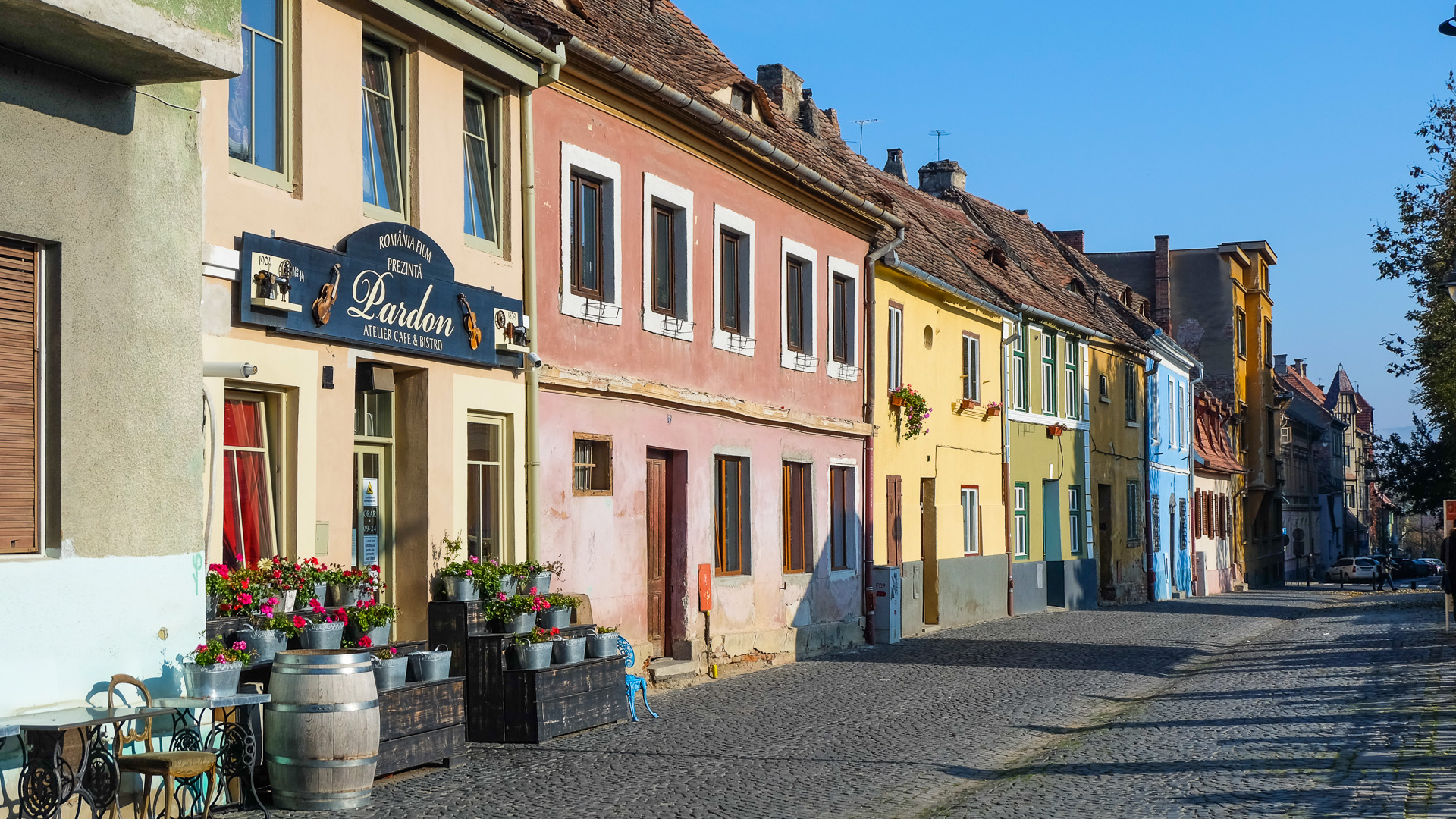
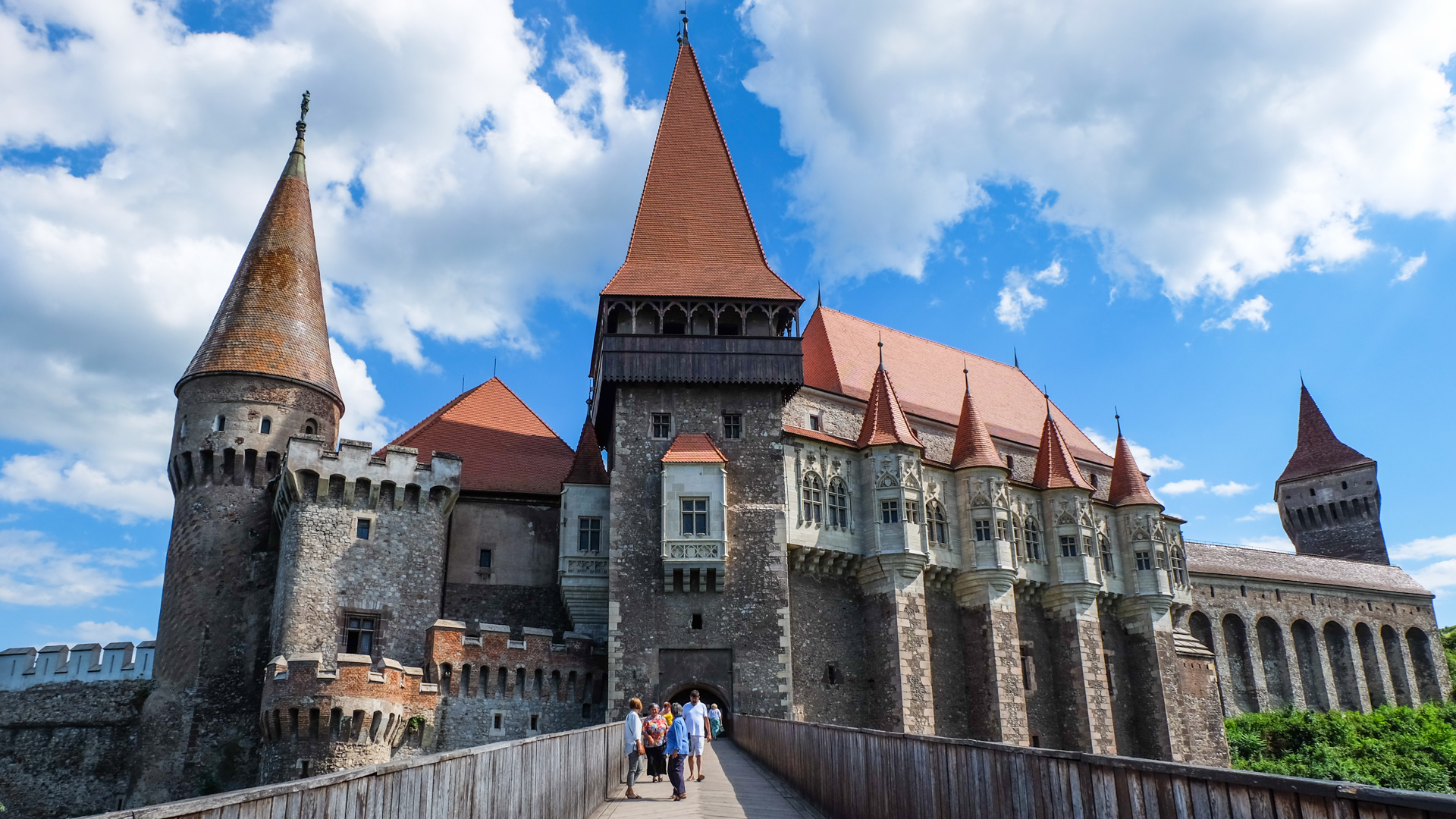
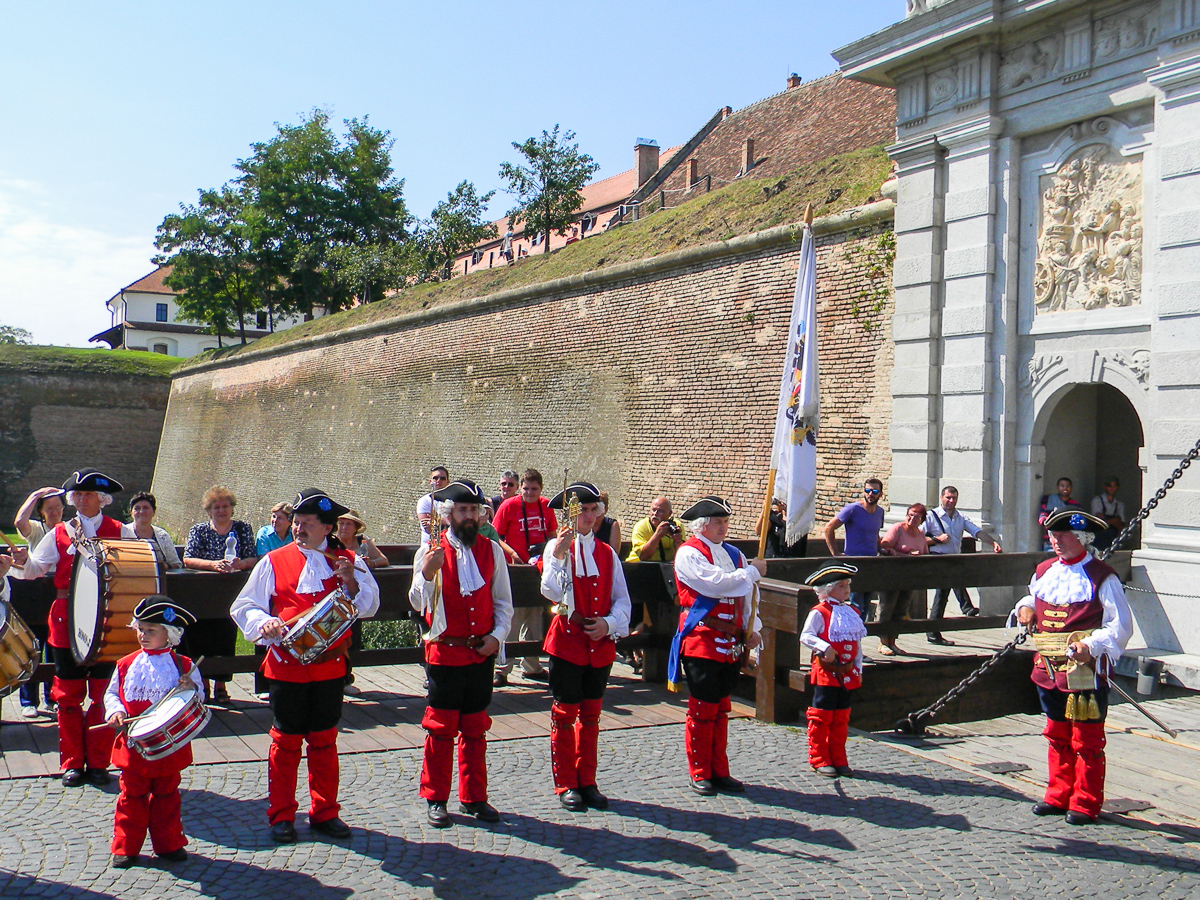

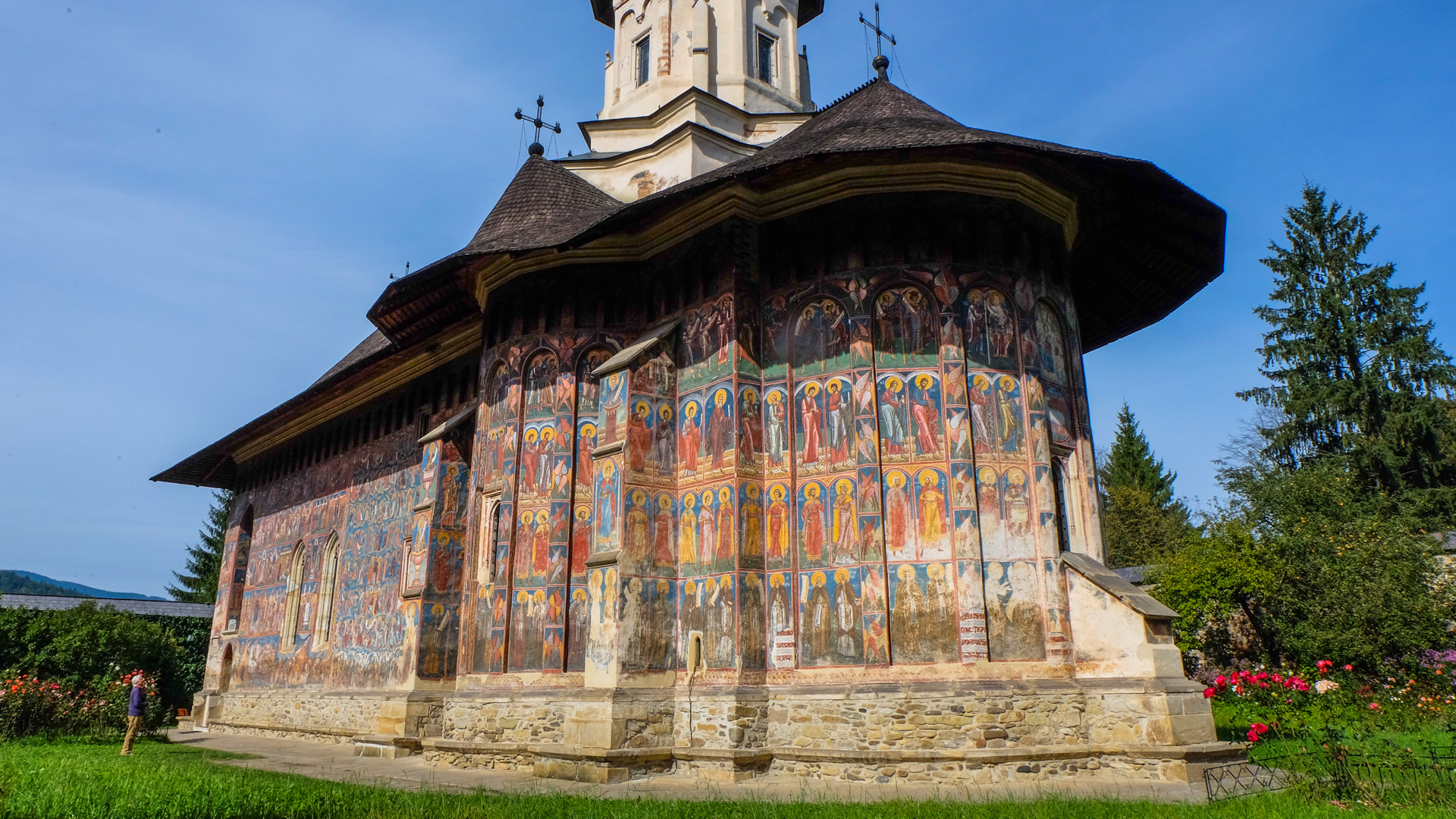
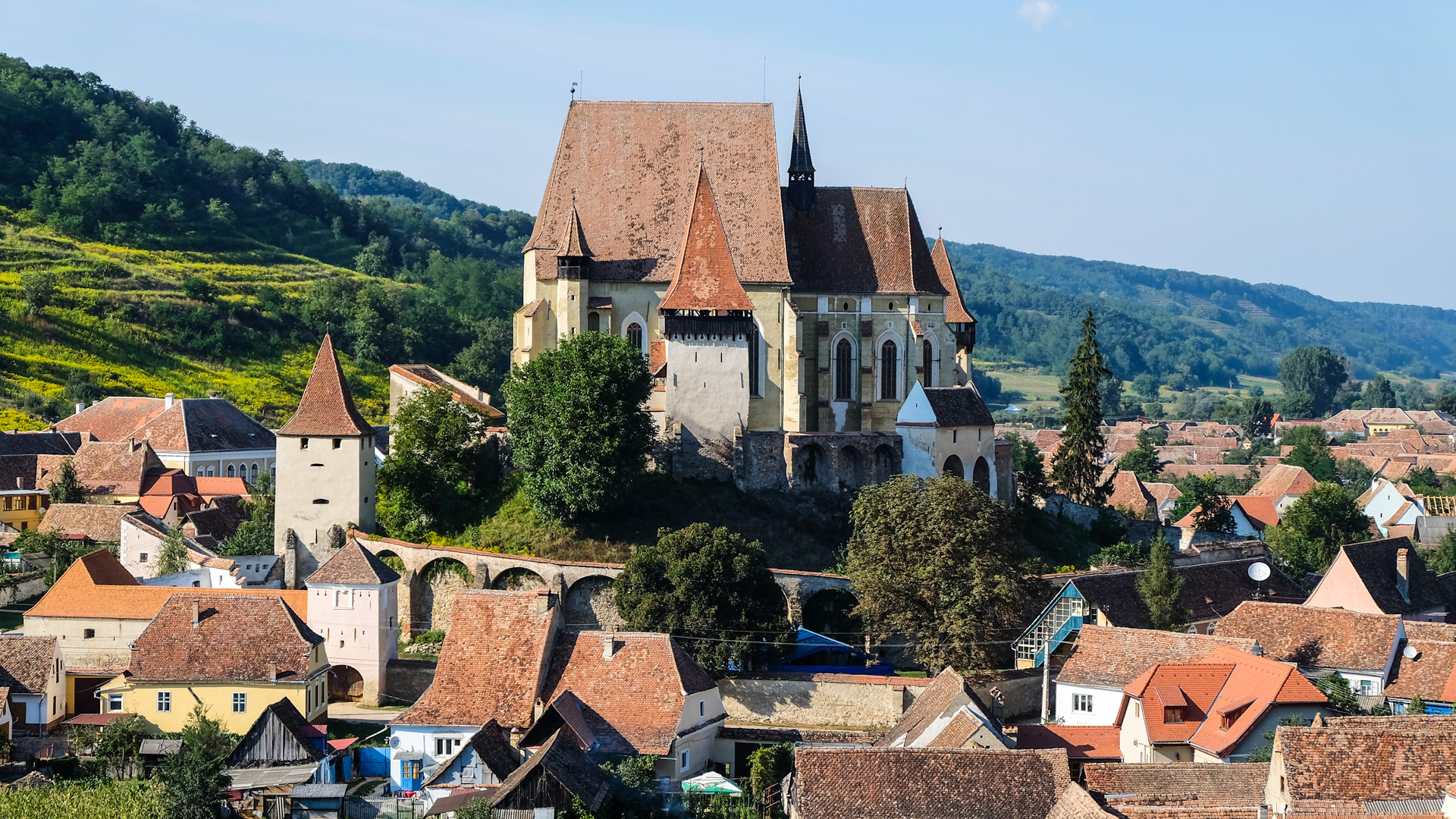
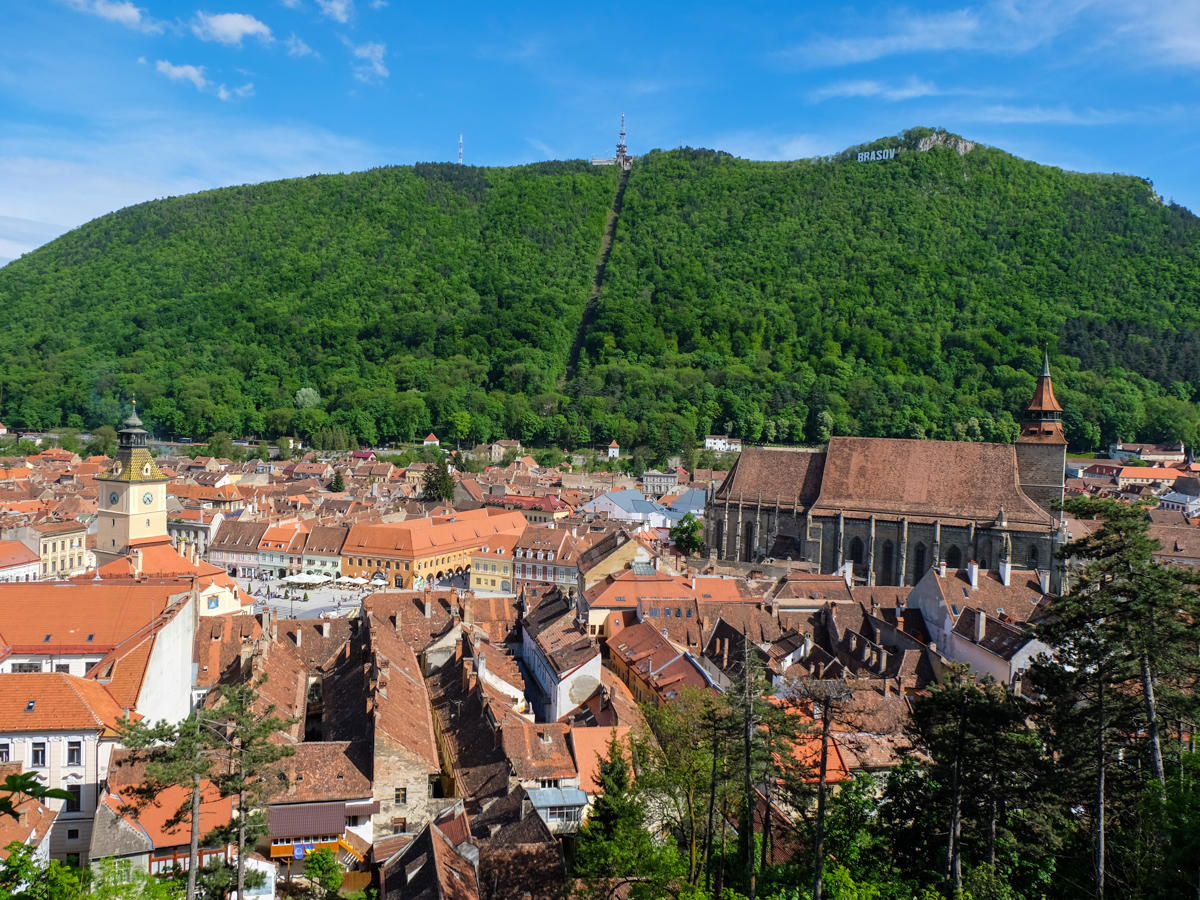
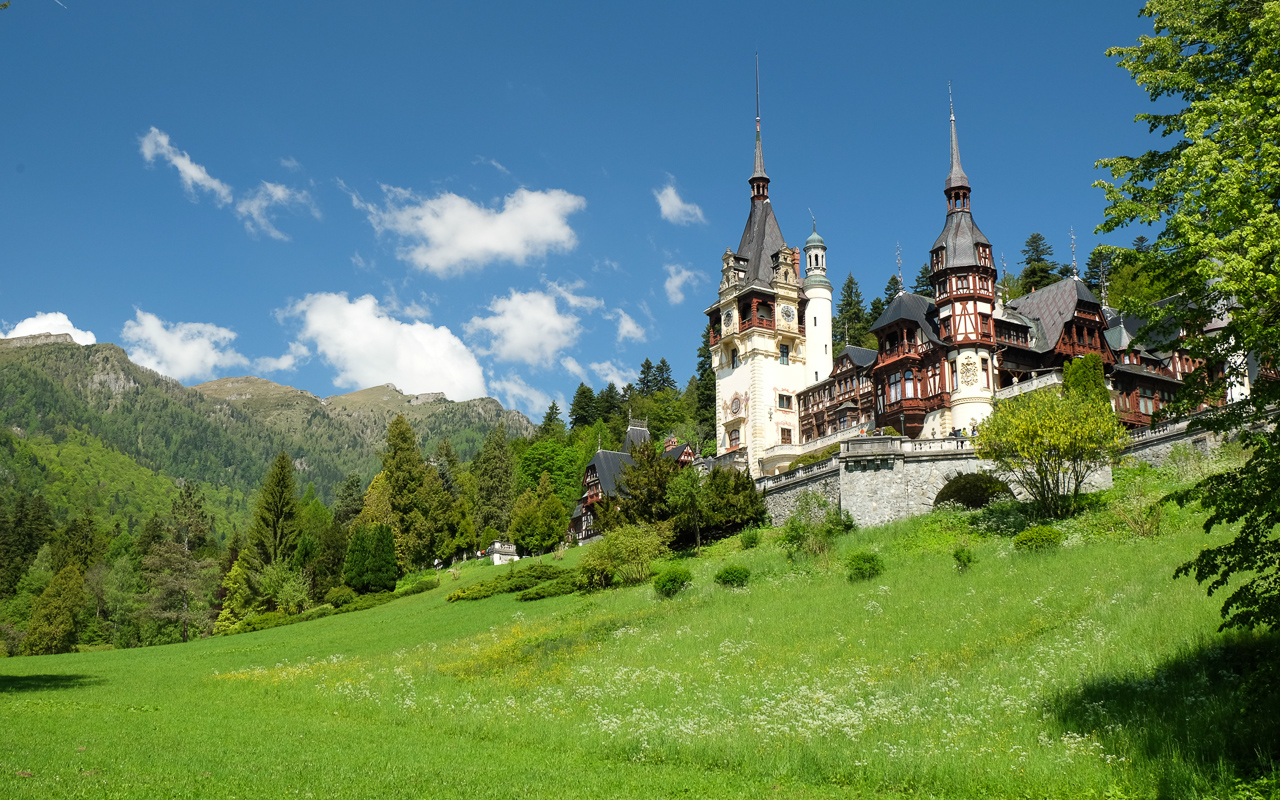
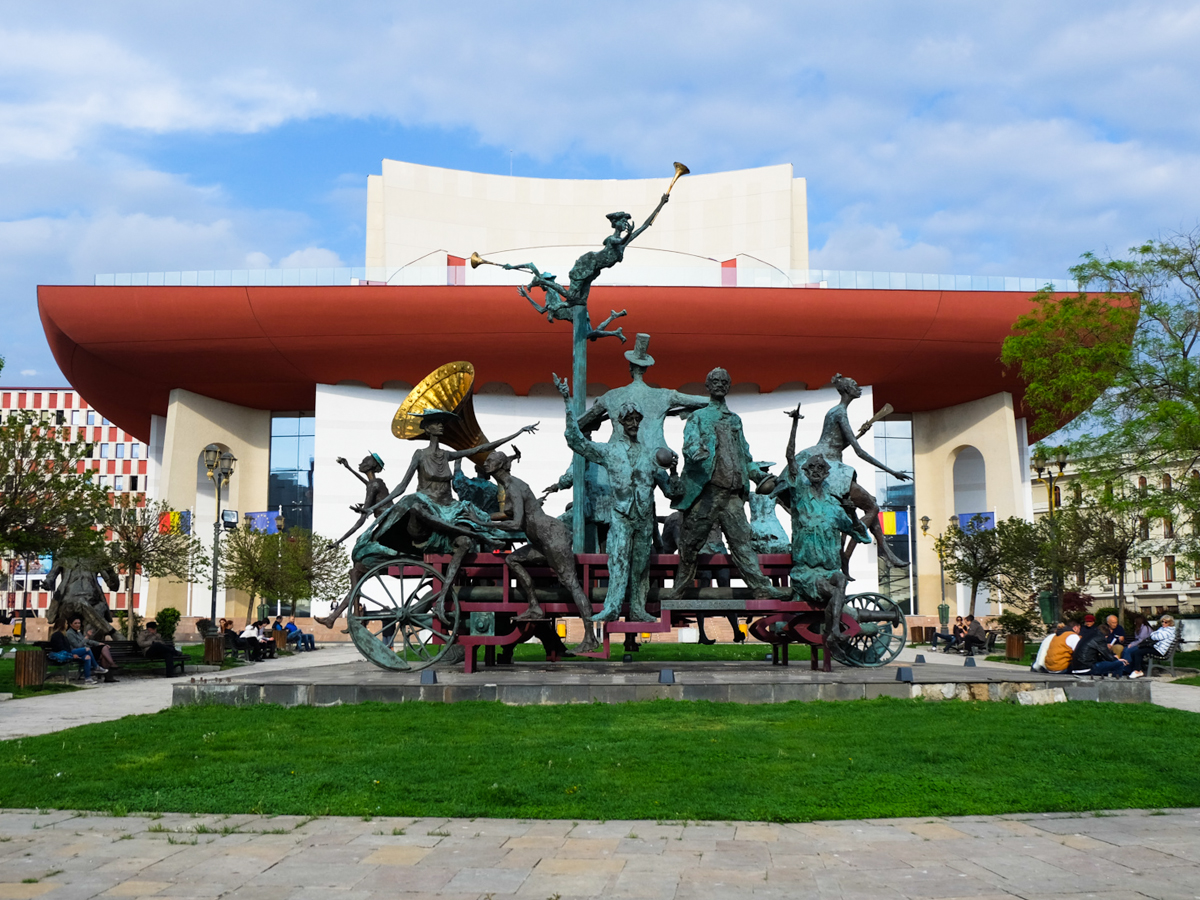
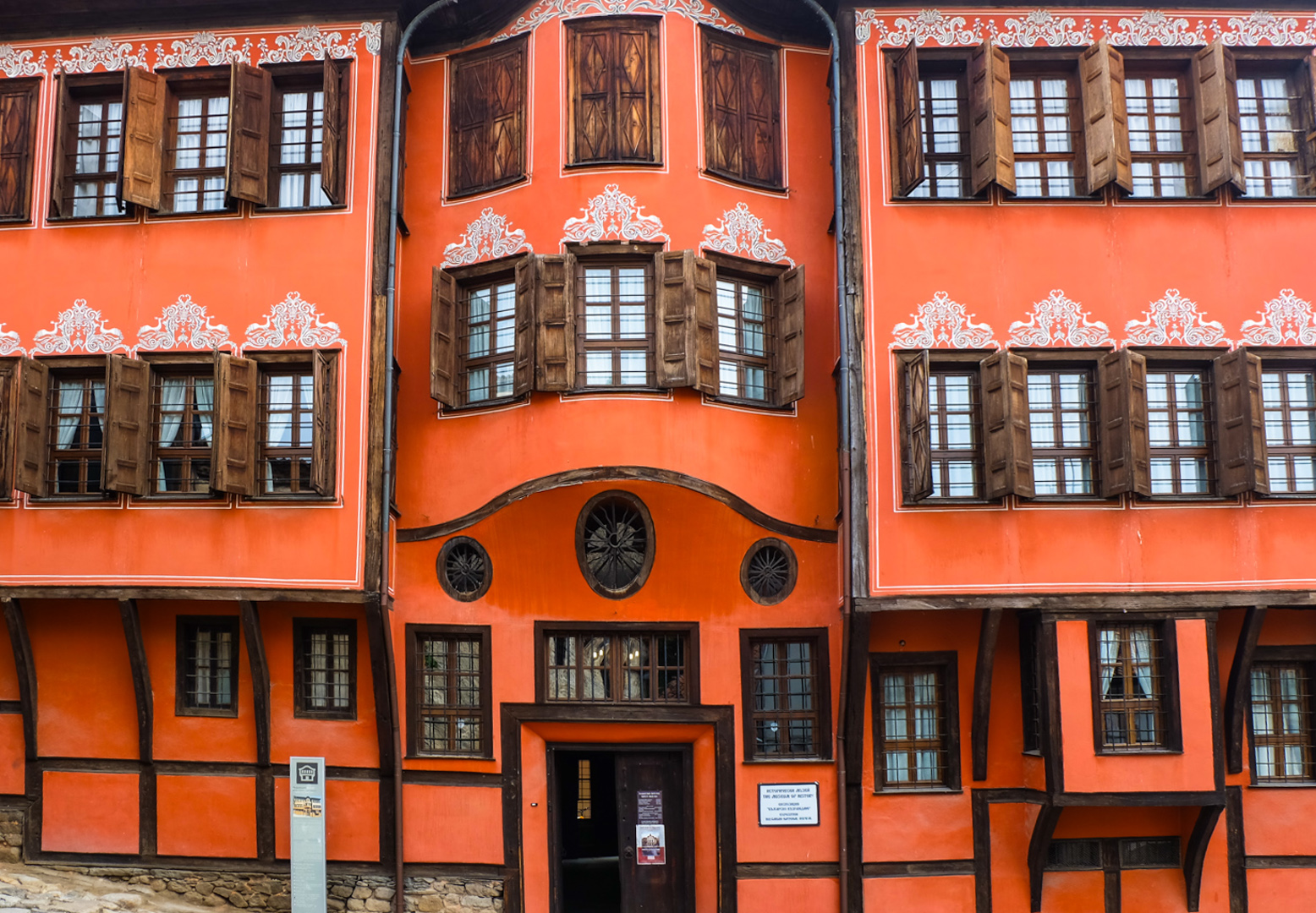
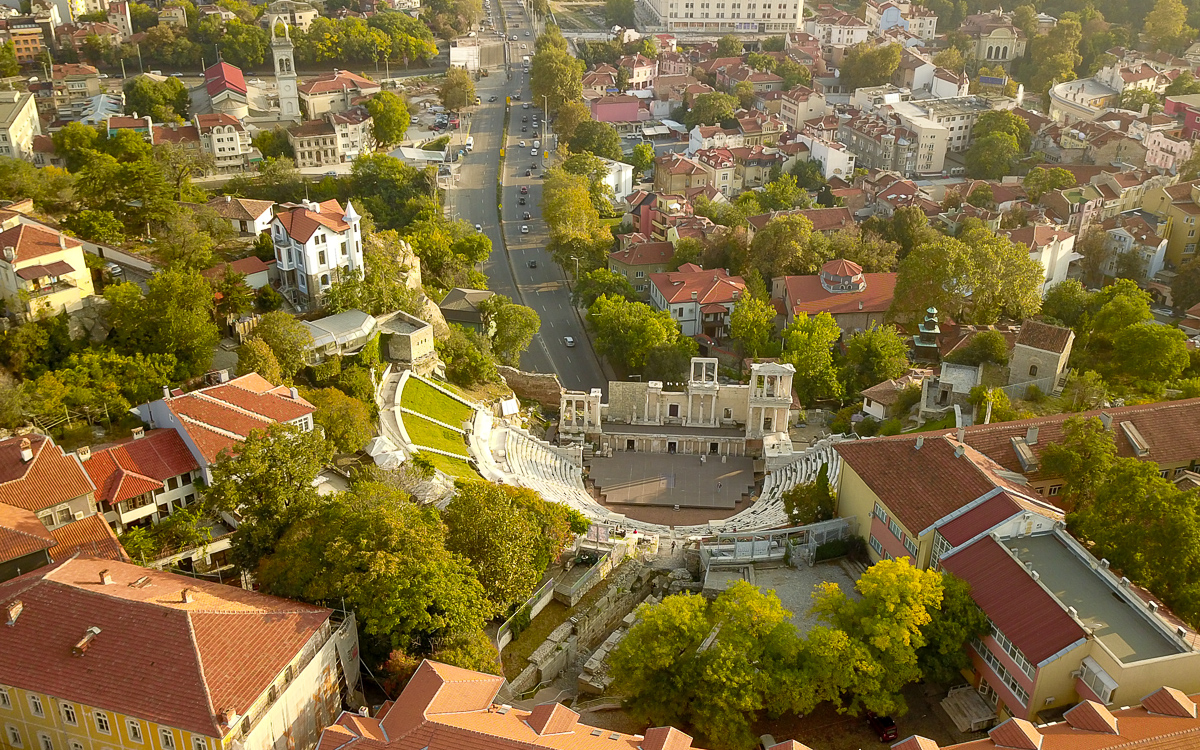
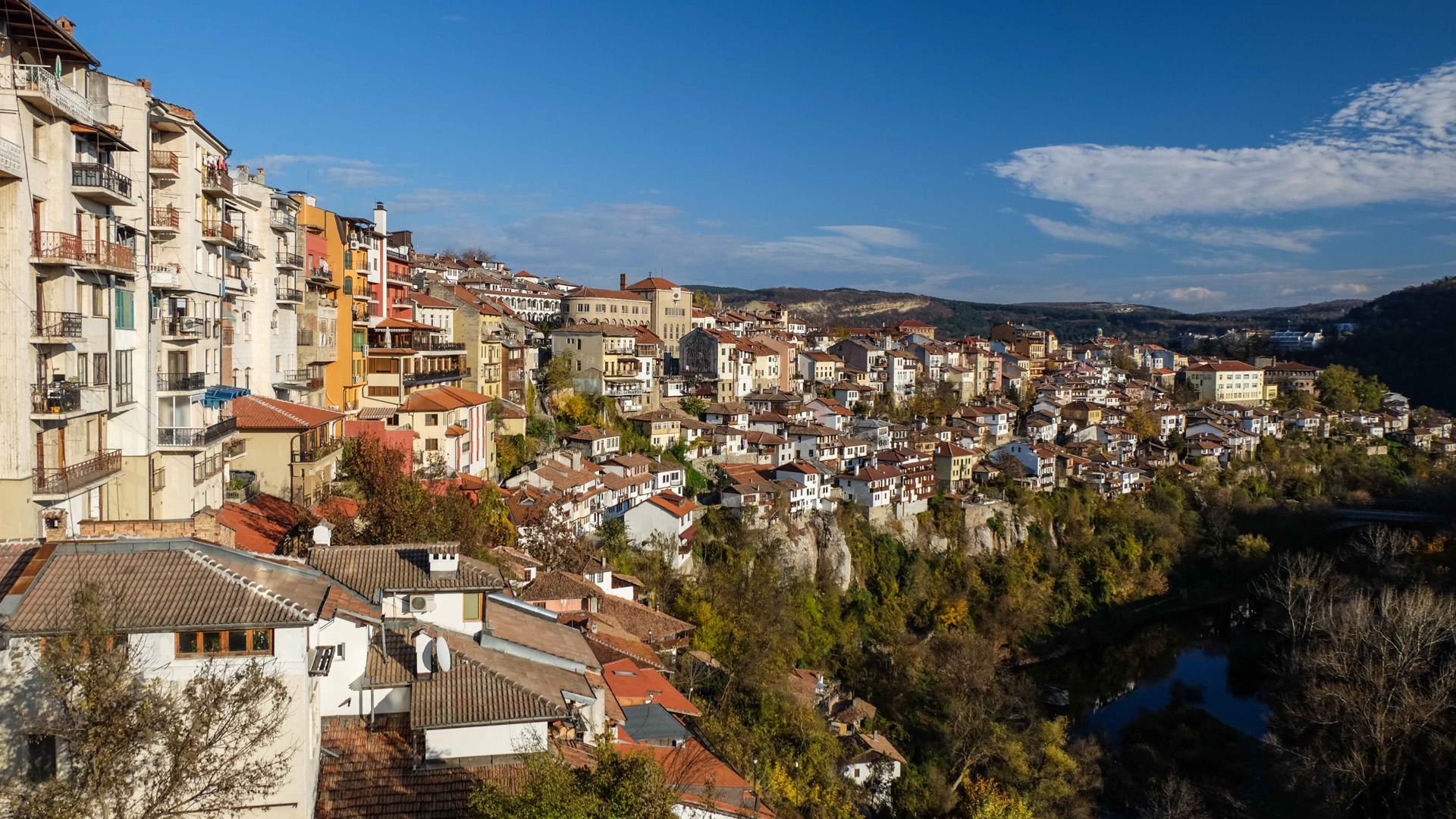
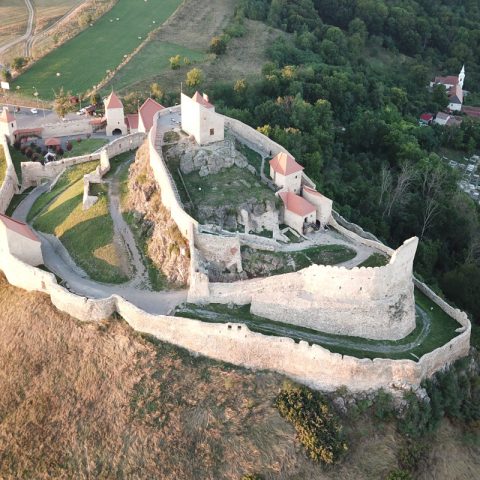
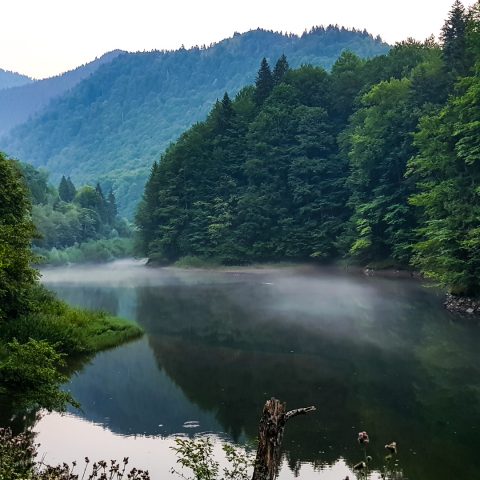
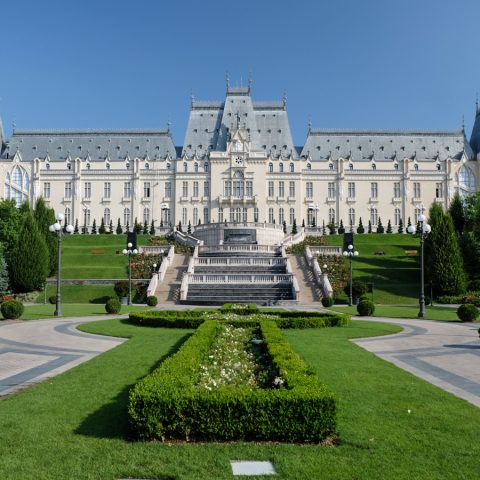











Leave a Reply